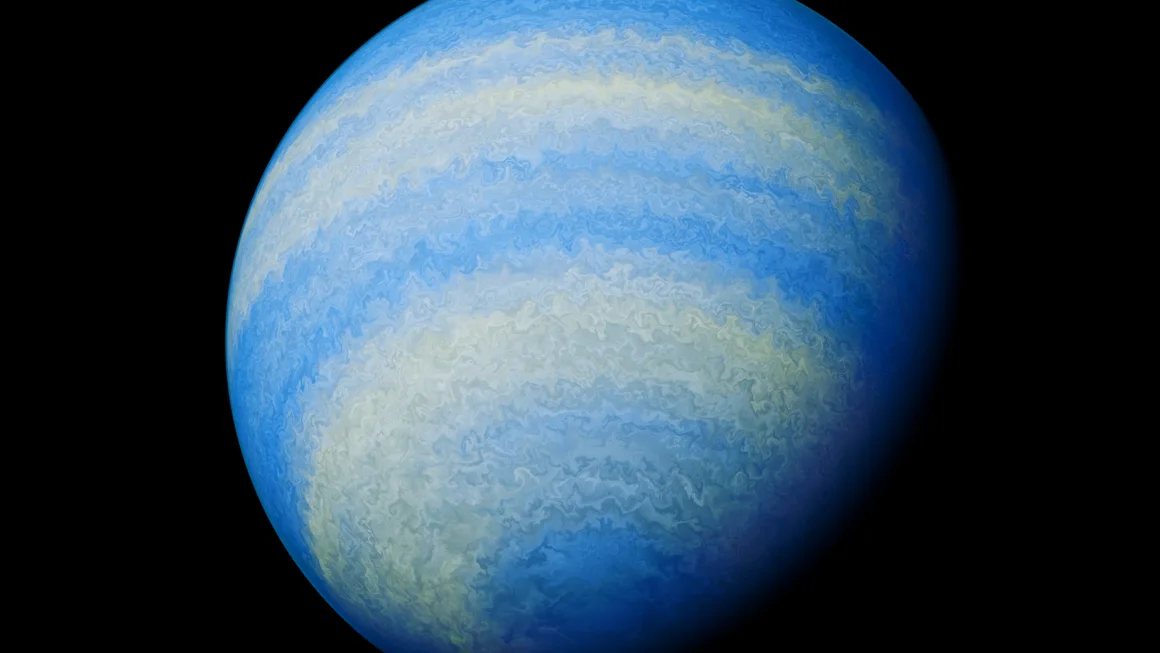An exoplanet, comparable in size to Jupiter, has captivated astronomers due to its extreme conditions, including scorching heat, fierce winds, and rain composed of glass. Recent observations from the James Webb Space Telescope have unveiled another fascinating aspect of this planet, known as HD 189733b: it has an odor resembling rotten eggs.
Scientists examining the atmosphere of HD 189733b utilized Webb’s data to detect trace amounts of hydrogen sulfide, a colorless gas known for its strong sulfuric smell. This is the first time hydrogen sulfide has been found outside our solar system, enhancing our understanding of the potential makeup of exoplanets.
These findings, compiled by a team from multiple institutions, were published in the journal Nature on Monday.
A Planet with Extreme Weather
Discovered in 2005, HD 189733b was later classified as a “hot Jupiter” — a gas giant with a chemical composition similar to Jupiter but with extremely high temperatures. Located just 64 light-years from Earth, HD 189733b is the closest hot Jupiter that can be observed as it transits its star, making it one of the most extensively studied exoplanets.
“HD 189733 b is not only a gas giant planet, but also a ‘giant’ in the field of exoplanets because it is one of the first transiting exoplanets ever discovered,” stated Guangwei Fu, lead study author and astrophysicist at Johns Hopkins University, in an email. “It serves as a cornerstone for our understanding of exoplanet atmospheric chemistry and physics.”
Although HD 189733b is about 10% larger than Jupiter, it is much hotter, as it orbits 13 times closer to its star than Mercury does to our sun. The planet completes a single orbit around its star in just two Earth days, Fu explained.
This close proximity results in an average temperature of 1,700 degrees Fahrenheit (926 degrees Celsius) on the planet. The intense winds, reaching speeds of 5,000 miles per hour (8,046 kilometers per hour), cause glass-like silicate particles to rain sideways from high-altitude clouds.









